Welcome to the bustling, secret society that thrives beneath the city's skyscrapers and neon lights. This is the spirited world of feral cats!
These felines are the unsung heroes, tackling life's trials with a tenacity that often goes unnoticed.
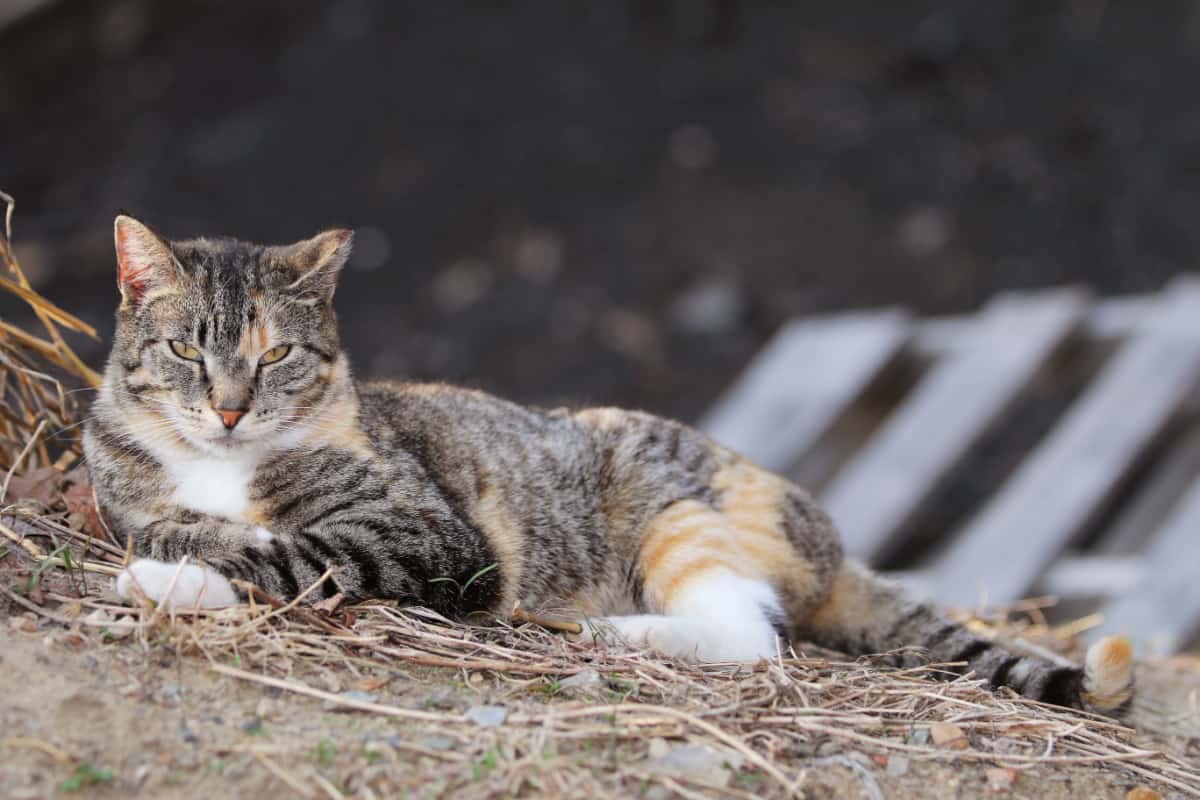
But there are those who do see them. These are the true cat enthusiasts, who pour their hearts, time, and resources into caring for these street-smart survivors.
Yet, for many, these cats are simply a blur in the corner of their eye. They are labeled as pests and swiftly forgotten.
That's a real heartbreaker. Because these feral felines are just like the purring balls of fur curled up on our laps.
Yes, they are domestic cats that have embraced the wild. They share the same biological traits and emotional complexity as their pampered siblings.
They're not wild animals, they're just cats that have lost touch with human companionship.
But don't be fooled! Their stories are every bit as captivating and their personalities as colorful as the cats we share our homes with.
Want to learn more about these unsung heroes of the urban jungle? Stay with us as we delve deeper into their world. Let's lift the veil on the intriguing lives of these feral felines together!
What Is A Feral Cat?
A cat becomes feral if it lacks proper human socialization during its critical 2 to 12-week growth period. During this time, kittens form their worldview, and those unexposed to humans often grow to fear them.
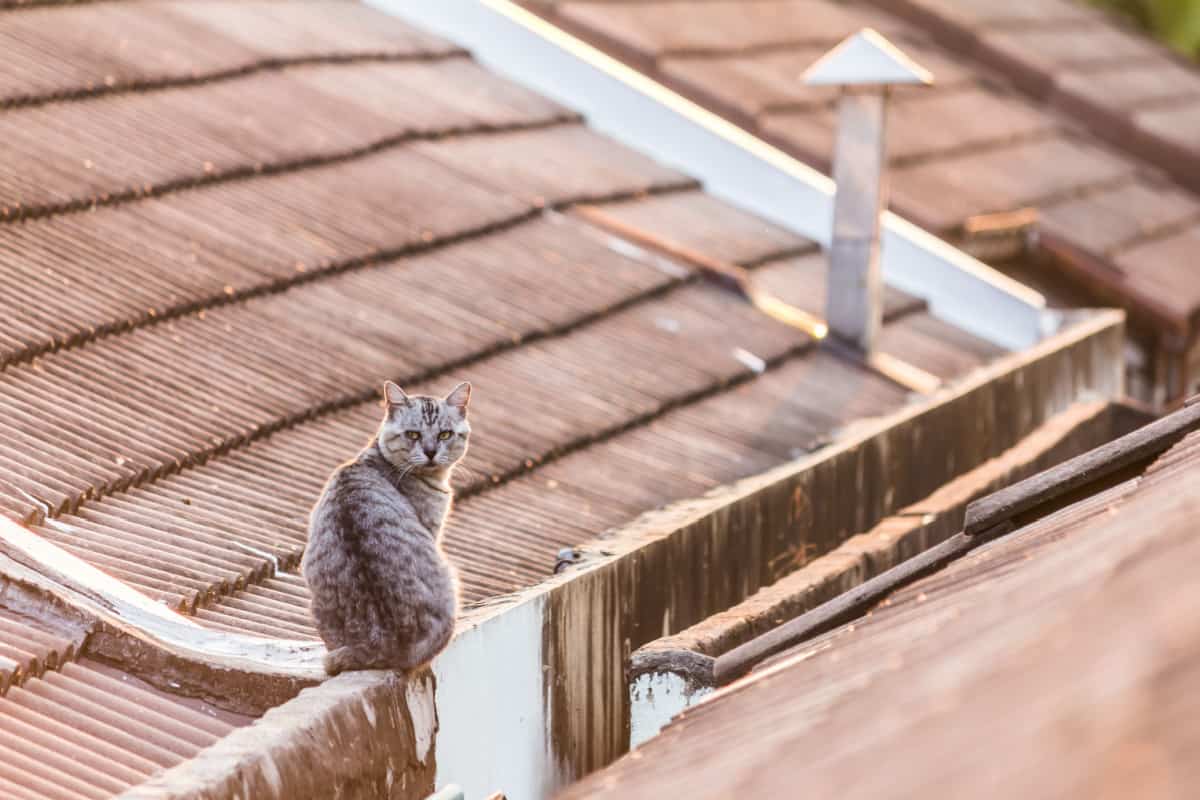
However, a cat's inherent temperament also influences its comfort around people. Some pets are naturally shy despite upbringing, while some ferals may seek human contact.
The living conditions of the cat also matter. Feral cats, typically homeless and street-bound, find domestic environments alien when rescued.
They may retreat into seclusion, frustrating new owners who expect them to behave like domestic cats. Patience and time, however, can foster a bond with a feral cat.
Not all street cats are feral. Some are strays, or lost or abandoned pets, lacking the survival skills to thrive on the streets.
While all feral cats descend from pet cats, their survival traits often bury their domestic origins.
These cats are the offspring of stray cats who survived on the streets long enough to have kittens. Thus, highlighting the issue of pet owners neglecting to spay and neuter their pets.
The Problem Of Feral Cat Overpopulation
It is estimated that there are over 60 million feral cats in the United States.
While more people are becoming involved in taking care of feral cats, most ferals still lack access to proper feeding, veterinary care, and shelter from the elements.
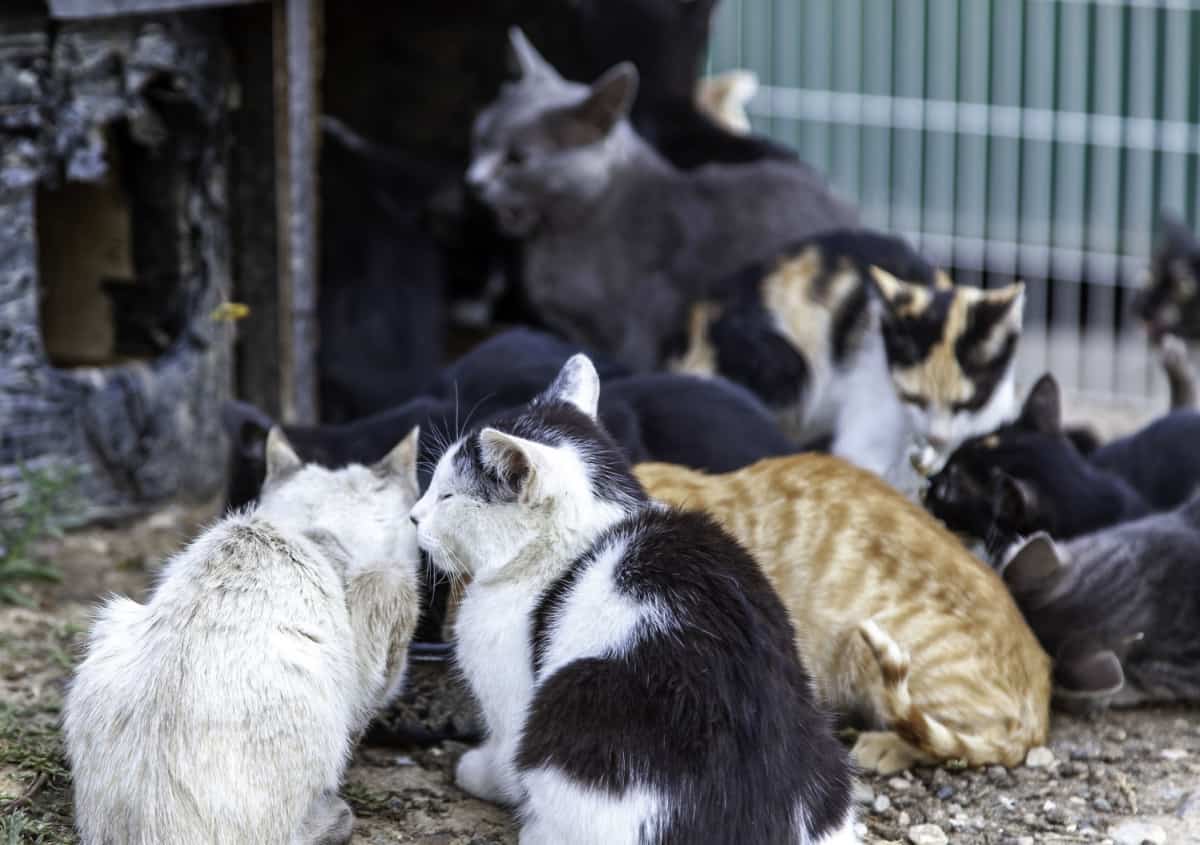
Cats are extremely fertile. Given ways to secure water, and food and placed in the right climate, they can produce two to three litters of kittens each year.
On the streets, as conditions are far from ideal, most of the kittens die. However, some make it to adulthood bringing another generation of feral cats into the world.
Over the past century, people moving into urban areas have inadvertently created ecological niches for feral cats.
By providing open garbage cans, sources of water such as air conditioning systems, and buildings to provide shelter, mankind has allowed the feral cat population different ways to continue growing.
Cat lovers taking pity on feral cats may throw them leftovers. While done with the best of intentions, this only serves to attract more cats. That is until the person feeding the cats realizes (sometimes too late) that she can no longer support them all.
When overcrowded and not taken care of, feral cats tend to make people angry. Even cat owners sometimes detest them, joining a communal effort "to do something" about this problem.
Unmanaged feral cats can cause problems. They get into the garbage; they fight at night (especially during mating season).
Most males are territorial, chasing pet cats as well as spraying urine around. In unmanaged colonies, the sight of starving, sick, and injured cats and kittens is sadly a common occurrence.
SIGN UP FOR THECATSITE'S EMAIL UPDATES >
Controlling The Feral Cats Population
Millions of cats all over the world have lost their lives due to the misguided belief that feral cats should be exterminated like vermin.
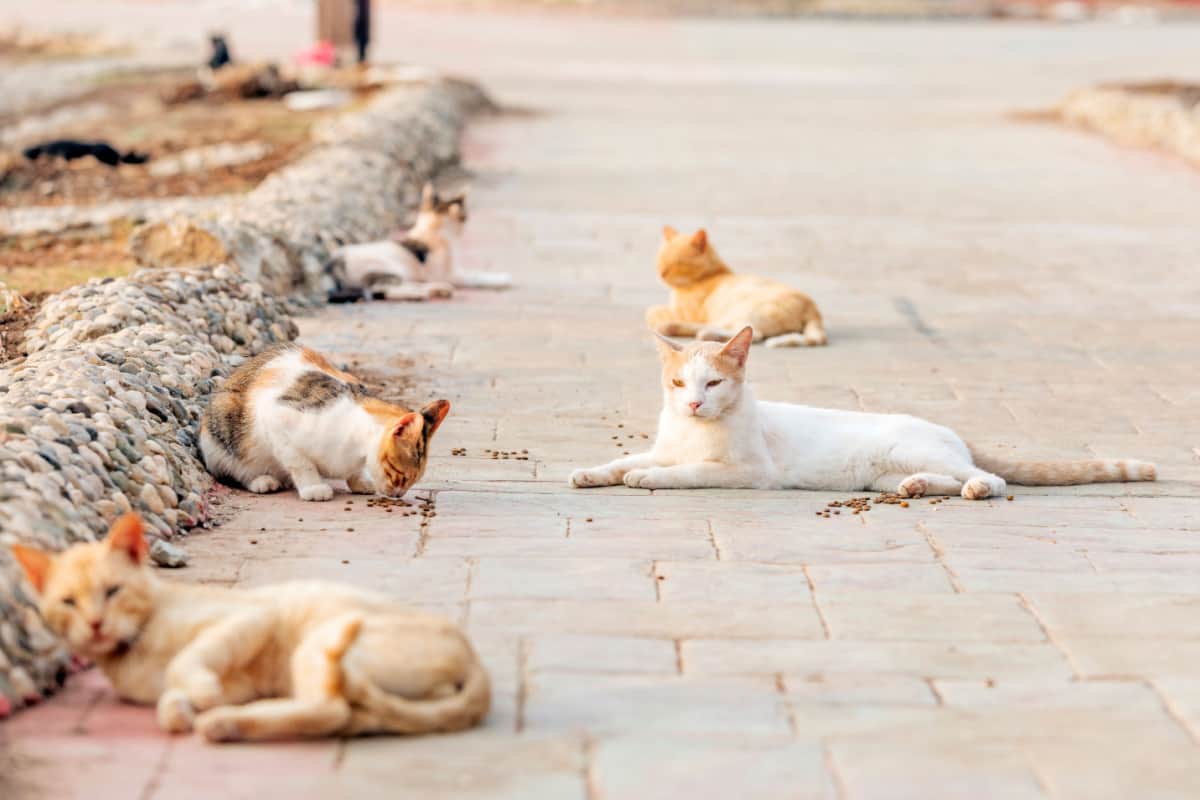
Unfortunately, some municipalities still believe that feral cats can and should "be eradicated". In reality, this is never a viable option.
With cats being such prolific animals, any space made available by removing or destroying other cats will soon be filled again.
Eliminating cats, by poisoning them on the streets or trapping them and putting them to sleep, requires trained staff and a lot of preparations - it's by no means cheap.
And to overcome the ever-breeding cats, these gruesome operations must be repeated often. Not only are these methods cruel and inhumane, but taxpayers' money is wasted as well.
Fortunately, there is an alternative. Developed over the last few decades, cat welfare organizations have come up with a method that is both humane and effective. It is called Trap-Neuter-Release, or TNR for short.
Applying a TNR program to a colony of feral cats means humanely trapping the cats, neutering all of them (and at the same time applying other medical care if necessary) then returning them back to their habitat.
In many areas, there are protocols in place ensuring that the whole procedure is done with a minimal amount of stress or risk to the cats involved.
If you find that you need to trap a cat, please follow the guidance of one of the organizations that specialize in TNR.
Why TNR Works
Although the feral cats are returned to their place of origin (a concept that sometimes deters the people who want to abolish the cats), the problems associated with the presence of those cats disappear.
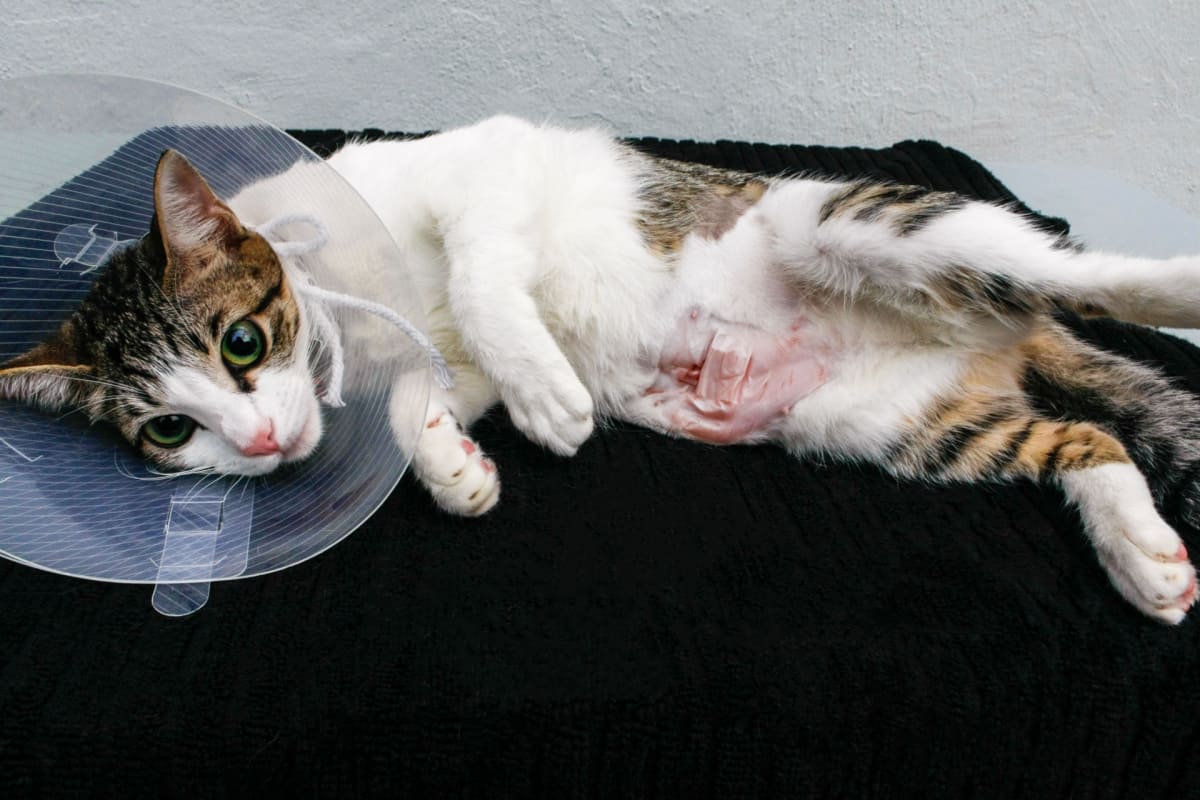
The neutered cats that don't howl at night; have a diminished need for food. Now that no tomcats or pregnant or lactating females are in the colony, the males will cease spraying.
They also quit fighting over the females. This results in a marked decrease in sick or injured cats. This also stops inbreeding.
As an added benefit, caretakers of feral cats often get guidance from the organizations involved on how to properly take care of the colony, in the best interest of cats and people alike.
While it may seem costly to spay and neuter feral cats, low-cost spaying clinics are often available.
In many places around the world, municipalities are funding the TNR programs or carrying them out on their own. They have discovered that the TNR option is in fact more cost-effective than any other method of population control.
What You Can Do For Feral Cats
First of all, acknowledge their presence. They are cats just like your beloved Fluffy - they are not wild animals and they do need your help. Taking care of feral cats can be very rewarding.
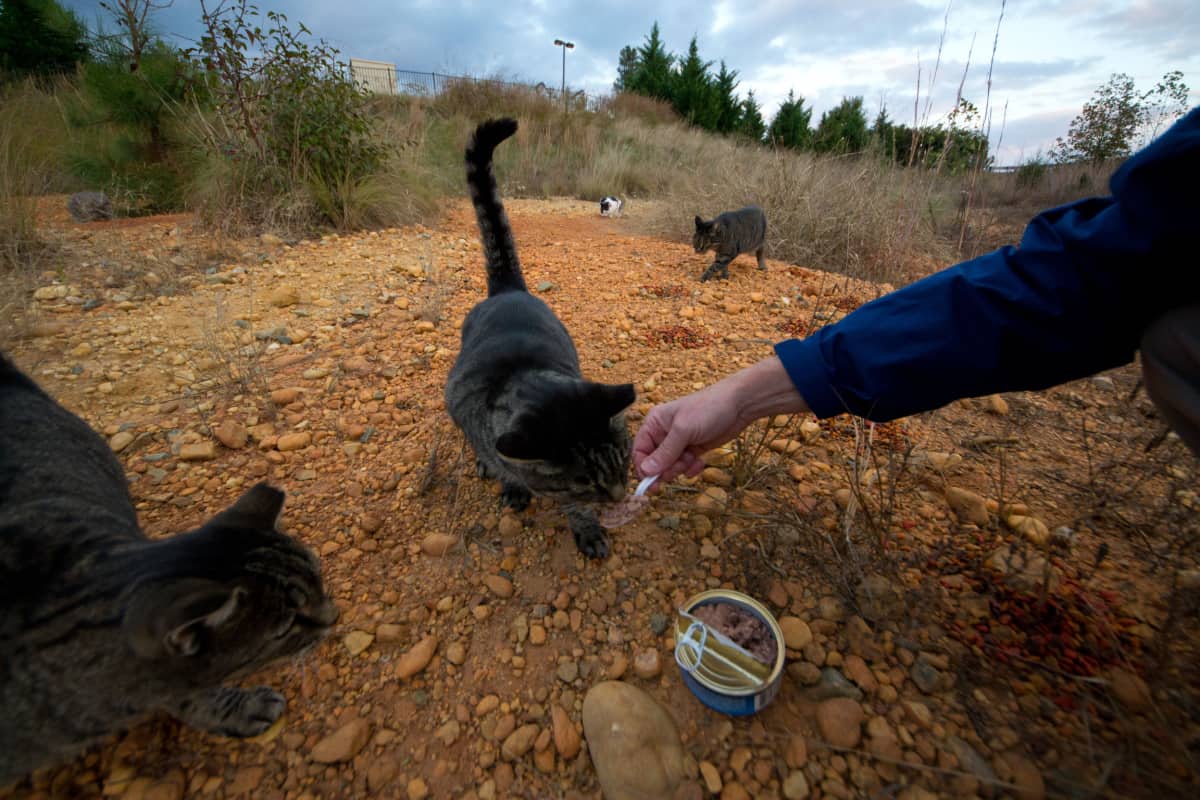
The most important aspect would be to contact the various organizations and learn more about how to take care of these cats.
Learn how to go about having your colony neutered or spayed. If you cannot afford to spay and neuter, please don't feed the feral cats.
You will only be creating problems for the cats and yourself. Carrying out a TNR project is the right way to go - but do make sure you are proceeding in the correct manner.
Feral cats often need you to speak up for them. If your community is still unaware of the benefits of TNR, then research the issue.
The Stray Pet Advocacy is a great place to start looking for materials that will help you win your argument.
If feral cats are being abused or killed where you live, report the matter to Alley Cat Allies, (also a great place for you to learn more about how to take care of feral cats and how to carry out a TNR program).
Let's do something for the feral cats -- we created the problem and it is our responsibility to help them now. They really are not transparent, and they are everywhere you look!
SIGN UP FOR THECATSITE'S EMAIL UPDATES >
Get help with your questions and support from fellow lovers of feral cats at our Caring For Strays And Ferals Forum.
Read more:
10 Facts You Should Know About Feral Cats
9 Practical Ways For You To Help Feral Cats
Everything You Need To Know About Tnr (trap-neuter-release)
Note: We may get commissions for purchases made through links on this page.

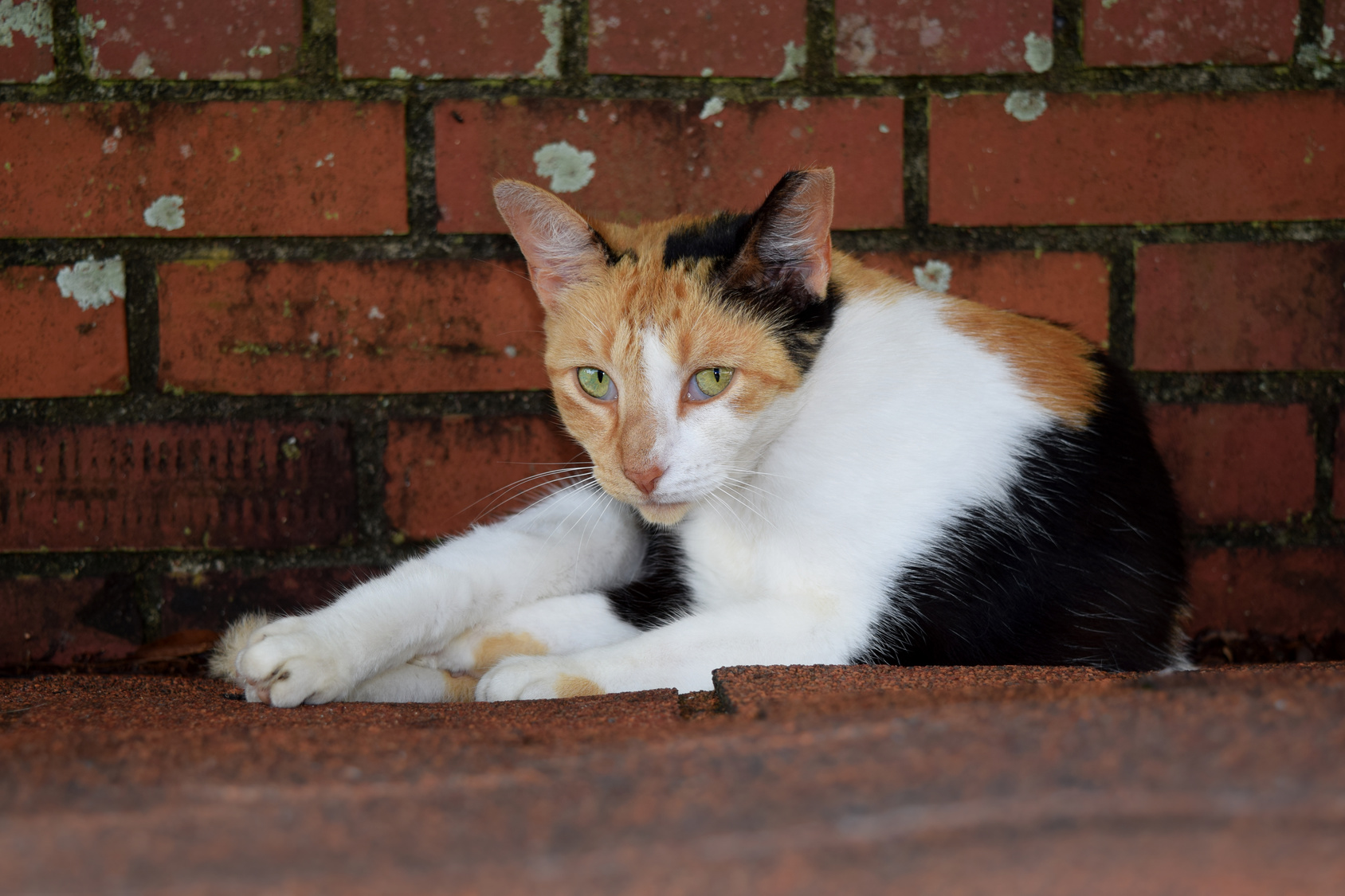
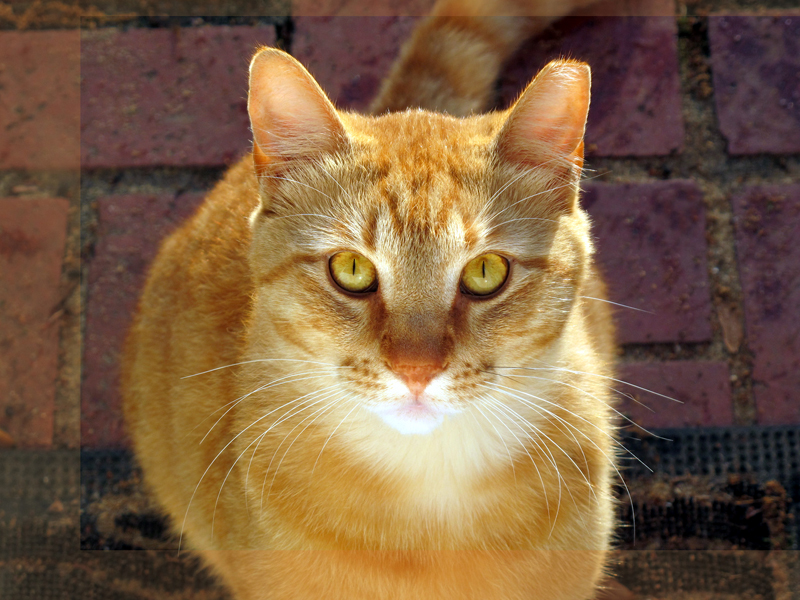
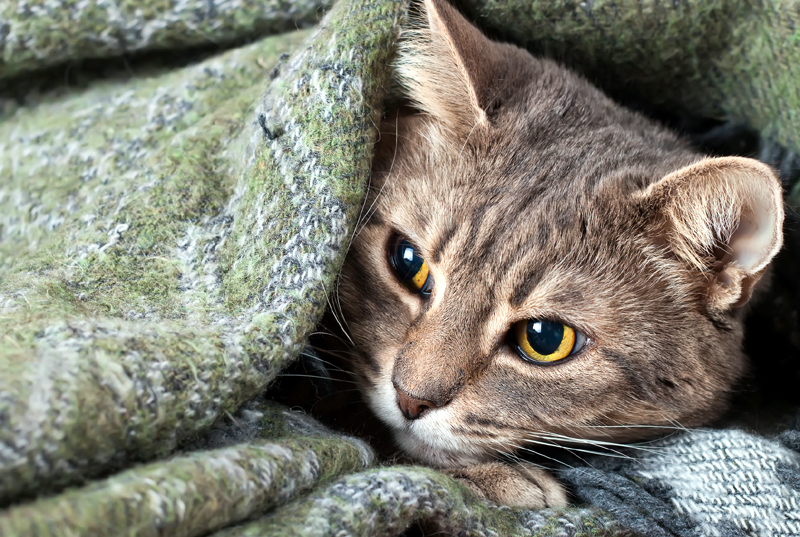
5 comments on “Feral Cats – The Invisible Felines”